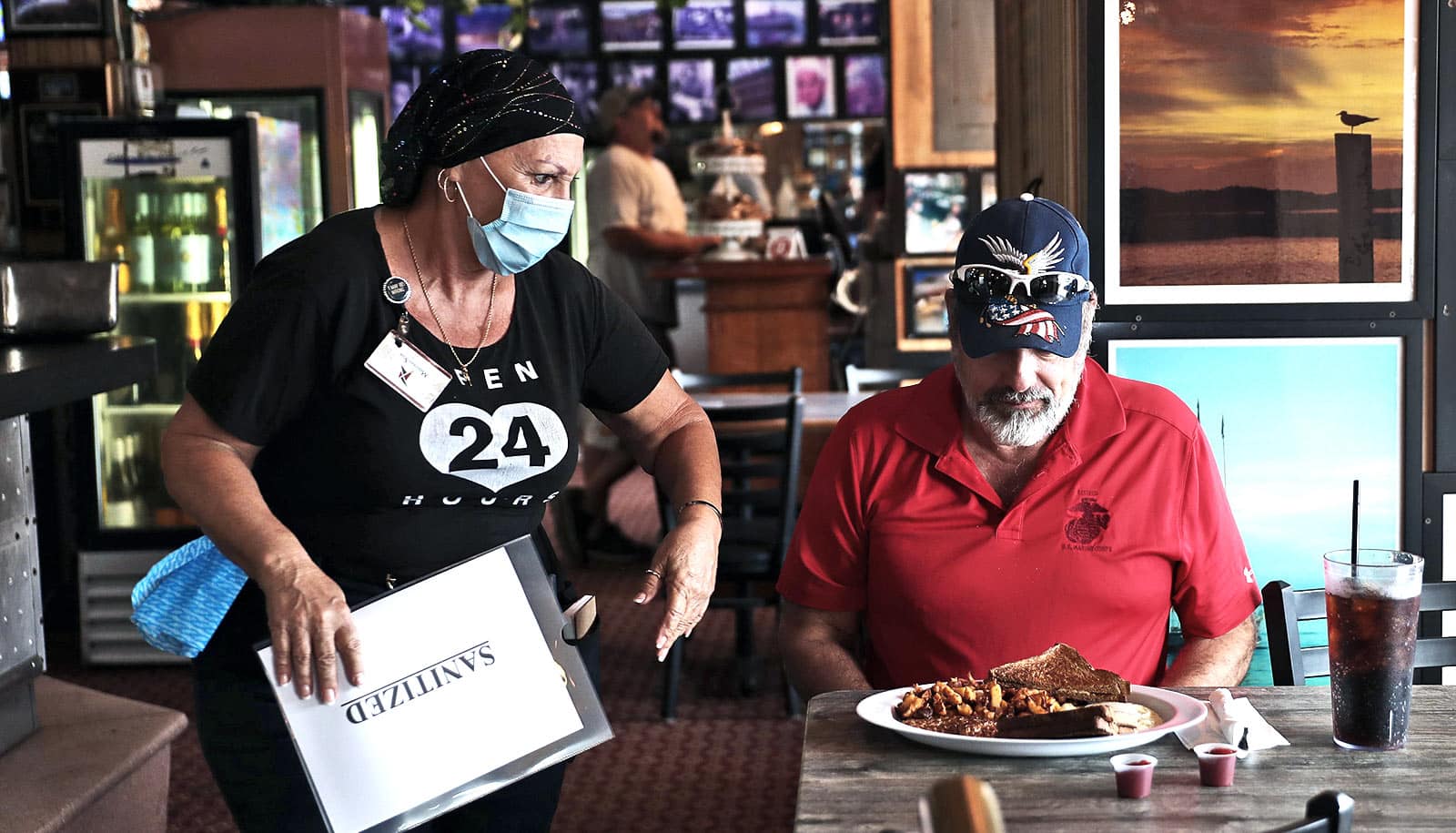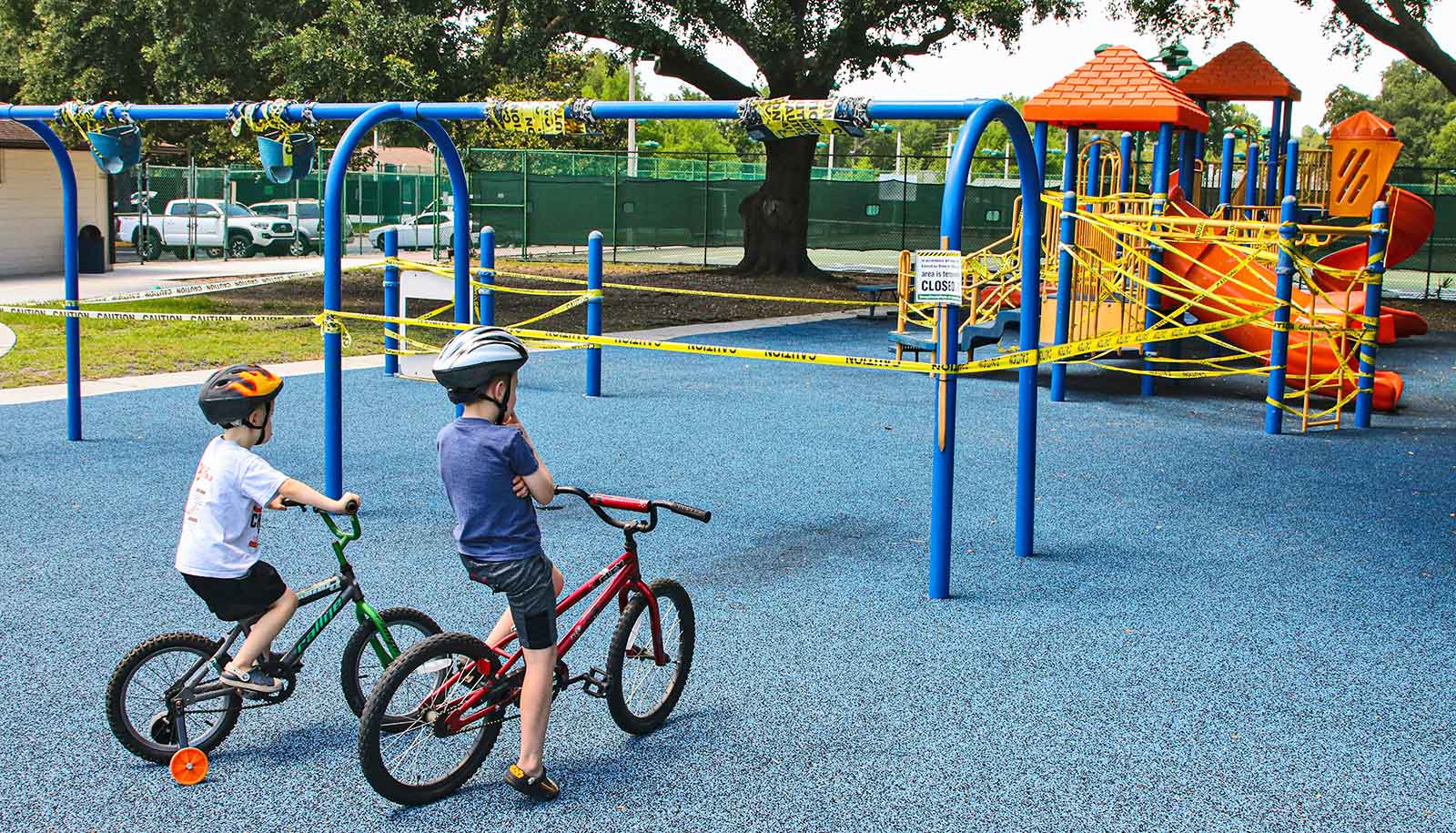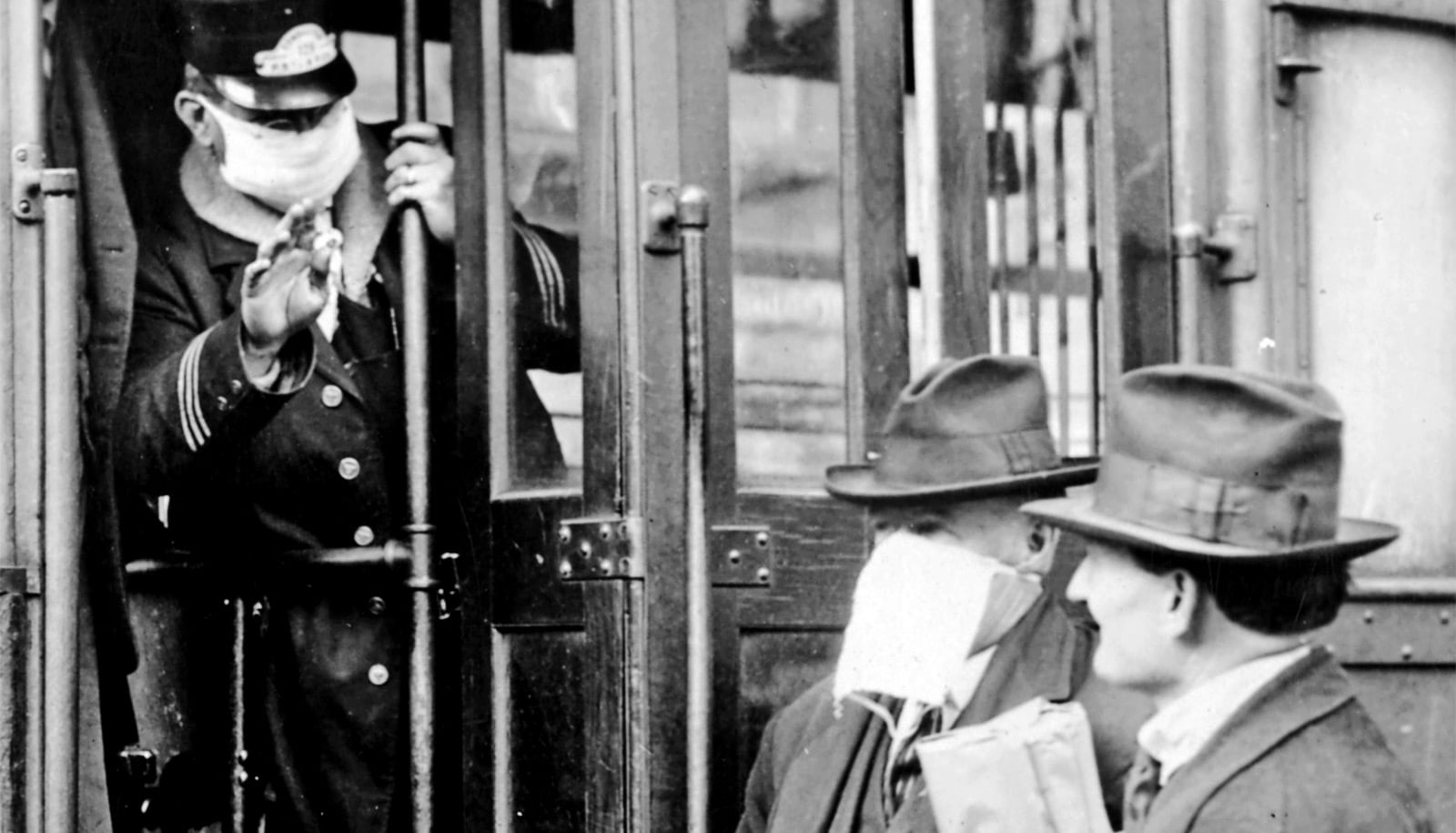Many restaurants may not survive in the face of the COVID-19 pandemic and those that do may be very different than the restaurants of the past, argues Christopher Muller.
By mid-March, mandated dine-in closures affected over 97% of US restaurants. Even as restrictions begin to lift, restaurants, that face razor-thin profit margins under normal circumstances, are struggling to stay afloat.
From fine dining destinations to neighborhood bistros and everything in between, these businesses are in uncharted waters as they grapple with major shifts in sanitation and safety procedures, social distance serving, and strict capacity limits, while trying to remain economically viable. Some will survive, and others will be forced to close their doors for good.
Here, Muller, a professor of hospitality and restaurant management at Boston University’s School of Hospitality Administration, explains the future of eating out and what changes and innovations we can expect moving forward:
What long-term impacts could COVID-19 have on the restaurant industry? Who will come out ahead and what types of restaurants are most at-risk?
Much has been written in the business press over the past decade about the late Harvard Professor Clayton Christensen’s “Disruptive Innovation” theory. This is a time when that theory is coming into stark reality for the restaurant industry. A sad image might be that the industry is in the midst of a raging forest fire, much of the solid old growth will be destroyed, but in a year or two new green shoots will emerge.
In response to the 2020 pandemic all segments of the industry are struggling, trying to make do with limited take-out and home delivery. Unfortunately, neither appears to be enough to ensure survival for the majority of restaurants just staying afloat. New regulations about social distancing, on-premise seating capacity, and safe work environments will be all but impossible to meet for most traditional restaurants. Those that will be hurt the most are: self-serve buffets; large high volume/high-energy full-service restaurants; banquet halls, and clubs, bars, and cocktail lounges.
Those which may benefit, at least until the public feels that the threat of illness is behind us (possibly 18 to 24 months away) will be: the “ghost kitchen” with no dining room and reliant on home delivery; restaurants with drive-through service or contactless take out; and small innovative start-ups which can benefit from the new availability of other failed restaurant’s now empty locations. Sadly, this is “Disruptive Innovation” at its most Darwinian evolutionary crossroads.
As social distancing becomes the norm and governments limit the number of people who can pack dining rooms, will it be economically feasible for restaurants to reopen? Do fewer tables equal higher prices?
Many restaurants have opened over the past decade (since the Great Recession became the Great Boom) with a focus on high volume sales and large dining areas packed with customers. A restaurant built to generate $10 million in annual sales from a mix of food and drinks will have a very hard time meeting its break-even point at 25% or even 50% of its former level. Fewer seats, combined with significantly higher costs for safe service and higher costs for labor will inevitably translate into higher menu prices. Even those prices may not be enough to make reopening feasible for many places.
What will social distancing look like in restaurants?
Unfortunately, at this early stage, there is no set of standard rules on what social distancing will eventually look like. Some operations are taking out every other table, most will have to remove all bar stools, some are looking to expand onto outside sidewalks or into their parking lots. Few restaurants will be offering seating for parties of more than 6 people, tables of 10 will be unlikely. Service staff will need to be retrained to stand away from direct contact with customers and other staff.
One suggestion is that ordering will be done remotely either using smartphone apps or QR codes printed on disposable menus or the tops of tables. Guests may be asked to turn their faces away from servers while food is being placed in front of them.
Do restaurants with outdoor spaces gain an advantage?
Outdoor spaces become very attractive, if the space can meet social distancing requirements. A small patio or sidewalk dining area may not add more than 10 or 20 seats, hardly enough to compensate for the loss of 50% of an inside dining area. Still, it will be better than no additional seating.
Will restaurants increase delivery and curbside service, and rely less on or completely phase out in-restaurant dining?
Many restaurants will attempt to use delivery and curbside, but during the first 8 weeks of quarantine many operations have found this to not generate enough sales to cover other fixed costs. In-restaurant dining is still the ultimate goal for restaurants built on a high service, social atmosphere. Customers will still seek the experience of dining out but clearly need to feel it is safe to use.
Will restaurants continue to rely on the big delivery players (i.e. GrubHub) or will more restaurants start taking delivery in house?
One of the paradoxes of this time is that almost none of the online delivery services are actually profitable. News reports suggest that the #3 delivery provider, Uber Eats, is seeking to purchase #2 GrubHub in order to grow close in market share to #1 DoorDash. Expect that restaurants will either try to be more like Domino’s and have their own delivery fleets or will combine with local competitors to form shared delivery services to control costs.
Do you think there will be a rise in “ghost kitchens”? If so, how will this impact the landscape?
Ghost kitchens and other forms of virtual restaurants based on delivery and without dining rooms will continue to expand. The investment cost for these production facilities is lower than for customer forward restaurants, requiring less costly locations and much less labor expense.
Do you think there will be a migration of chefs, new restaurants, and food innovation to southern and south-western cities, many of which are geographically spread out and can easily accommodate large outdoor seating spaces year-round?
For more than 50 years the entire globe has been moving into urban areas, with cities being the places where people wanted to live to be near each other. But even before the pandemic high rents for housing and commercial properties were already driving people to the outer edges of cities, the suburbs, and the exurbs. It is logical to expect this trend to continue as people seek to find a safe social distance. Restaurants certainly follow potential customers, but customers also follow chefs and their start-up restaurants.
Here in New England we have seen the evolution of smaller cities such as Portland, Maine and Providence, Rhode Island become restaurant and culinary destinations. Expect other smaller cities around the country to see this trend as they attract both restaurants, and the customers who want them to be part of their lives.
Earlier this year, [Massachusetts] Governor Baker allowed restaurants and bars to offer wine and beer for takeout and delivery. How significant is this and should this change be permanent? Are there any other local laws or regulations that need to change for the Boston restaurant industry to survive in this new world?
Limited liquor deliveries have been a small life preserver for many “on-premise” licensed independent restaurants. But Massachusetts has very strong laws protecting small “off-premise” package store owners, too. Expect that when this crisis is over, there will be a push to return to the two-tiered licensing system.
As the nicer weather arrives, and capacity issues continue, expect that there will be a loosening of outside dining regulations. Boston, in particular, has been very slow to allow outside dining, often because sidewalks are so narrow. But this is one area that should be changed in the future. In response to the return of the two-tiered system it is also likely that the “Home Rule” limits on liquor licenses for the entire region will be loosened, with more licenses granted, possibly with limits on transferability, neighborhood locations, operating hours and types of service offered (more beer and wine, less full cocktail).
Source: Boston University



